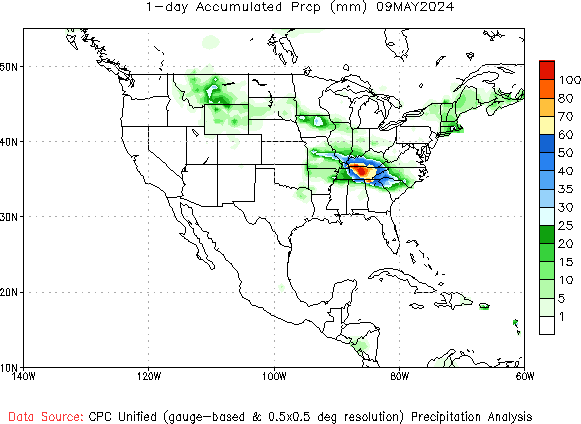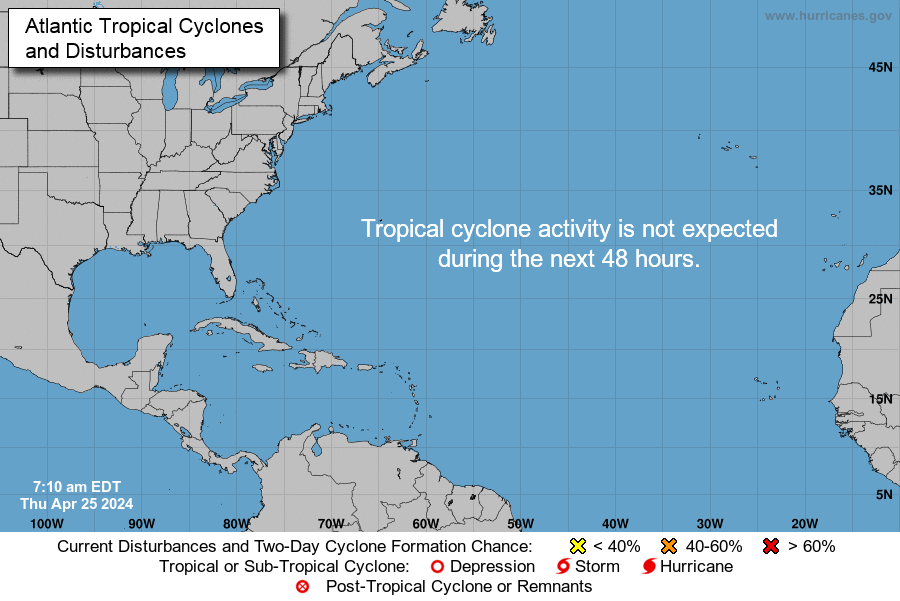Reuters
‘……“We are very worried, because obviously if there is already one case of polio of a kid that is paralyzed it’s already an outbreak. We know for example that for one kid that is paralyzed there are almost 200 asymptomatic so it means that virus circulating, so it is very serious,” Jasarevic [WHO spokesman] said…….’

Key facts
- Polio (poliomyelitis) mainly affects children under 5 years of age.
- 1 in 200 infections leads to irreversible paralysis. Among those paralyzed, 5% to 10% die when their breathing muscles become immobilized.
- Polio cases have decreased by over 99% since 1988, from an estimated 350 000 cases then, to 37 reported cases in 2016. As a result of the global effort to eradicate the disease, more than 16 million people have been saved from paralysis.
- As long as a single child remains infected, children in all countries are at risk of contracting polio. Failure to eradicate polio from these last remaining strongholds could result in as many as 200 000 new cases every year, within 10 years, all over the world.
- In most countries, the global effort has expanded capacities to tackle other infectious diseases by building effective surveillance and immunization systems.
Polio and its symptoms
Polio is a highly infectious disease caused by a virus. It invades the nervous system, and can cause total paralysis in a matter of hours. The virus is transmitted by person-to-person spread mainly through the fecal-oral route or, less frequently, by a common vehicle (for example, contaminated water or food) and multiplies in the intestine. Initial symptoms are fever, fatigue, headache, vomiting, stiffness of the neck and pain in the limbs. 1 in 200 infections leads to irreversible paralysis (usually in the legs). Among those paralyzed, 5% to 10% die when their breathing muscles become immobilized.
People most at risk
Polio mainly affects children under 5 years of age.
Prevention
There is no cure for polio, it can only be prevented. Polio vaccine, given multiple times, can protect a child for life.
Global caseload
Polio cases have decreased by over 99% since 1988, from an estimated 350 000 cases in more than 125 endemic countries then, to 37 reported cases in 2016.
Of the 3 strains of wild poliovirus (type 1, type 2, and type 3), wild poliovirus type 2 was eradicated in 1999 and no case of wild poliovirus type 3 has been found since the last reported case in Nigeria in November 2012.
WHO Response
Launch of the Global Polio Eradication Initiative
In 1988, the Forty-first World Health Assembly adopted a resolution for the worldwide eradication of polio. It marked the launch of the Global Polio Eradication Initiative (GPEI), spearheaded by national governments, WHO, Rotary International, the US Centers for Disease Control and Prevention (CDC), UNICEF, and supported by key partners including the Bill & Melinda Gates Foundation. This followed the certification of the eradication of smallpox in 1980, progress during the 1980s towards elimination of the poliovirus in the Americas, and Rotary International’s commitment to raise funds to protect all children from the disease.
Progress
Overall, since the GPEI was launched, the number of cases has fallen by over 99%.
In 1994, the WHO Region of the Americas was certified polio-free, followed by the WHO Western Pacific Region in 2000 and the WHO European Region in June 2002. On 27 March 2014, the WHO South-East Asia Region was certified polio-free, meaning that transmission of wild poliovirus has been interrupted in this bloc of 11 countries stretching from Indonesia to India. This achievement marks a significant leap forward in global eradication, with 80% of the world’s population now living in certified polio-free regions.
More than 16 million people are able to walk today, who would otherwise have been paralysed. An estimated 1.5 million childhood deaths have been prevented, through the systematic administration of vitamin A during polio immunization activities.
Opportunity and risks: an emergency approach
The strategies for polio eradication work when they are fully implemented. This is clearly demonstrated by India’s success in stopping polio in January 2011, in arguably the most technically-challenging place, and polio-free certification of the entire South-East Asia Region of WHO occurred in March 2014.
Failure to implement strategic approaches, however, leads to ongoing transmission of the virus. Endemic transmission is continuing in Afghanistan, Nigeria and Pakistan. Failure to stop polio in these last remaining areas could result in as many as 200 000 new cases every year, within 10 years, all over the world.
Recognizing both the epidemiological opportunity and the significant risks of potential failure, the “Polio Eradication and Endgame Strategic Plan 2013-2019” was developed, in consultation with polio-affected countries, stakeholders, donors, partners and national and international advisory bodies. The new Plan was presented at a Global Vaccine Summit in Abu Dhabi, United Arab Emirates, at the end of April 2013. It is the first plan to eradicate all types of polio disease simultaneously – both due to wild poliovirus and due to vaccine-derived polioviruses.
Future benefits of polio eradication
Once polio is eradicated, the world can celebrate the delivery of a major global public good that will benefit all people equally, no matter where they live. Economic modelling has found that the eradication of polio would save at least US$ 40–50 billion between 1988 and 2035, mostly in low-income countries. Most importantly, success will mean that no child will ever again suffer the terrible effects of lifelong polio-paralysis.


















![[Image of WPC QPF U.S. rainfall potential]](http://www.nhc.noaa.gov/storm_graphics/AT03/refresh/AL0317WPCQPF+gif/173424WPCQPF_sm.gif)